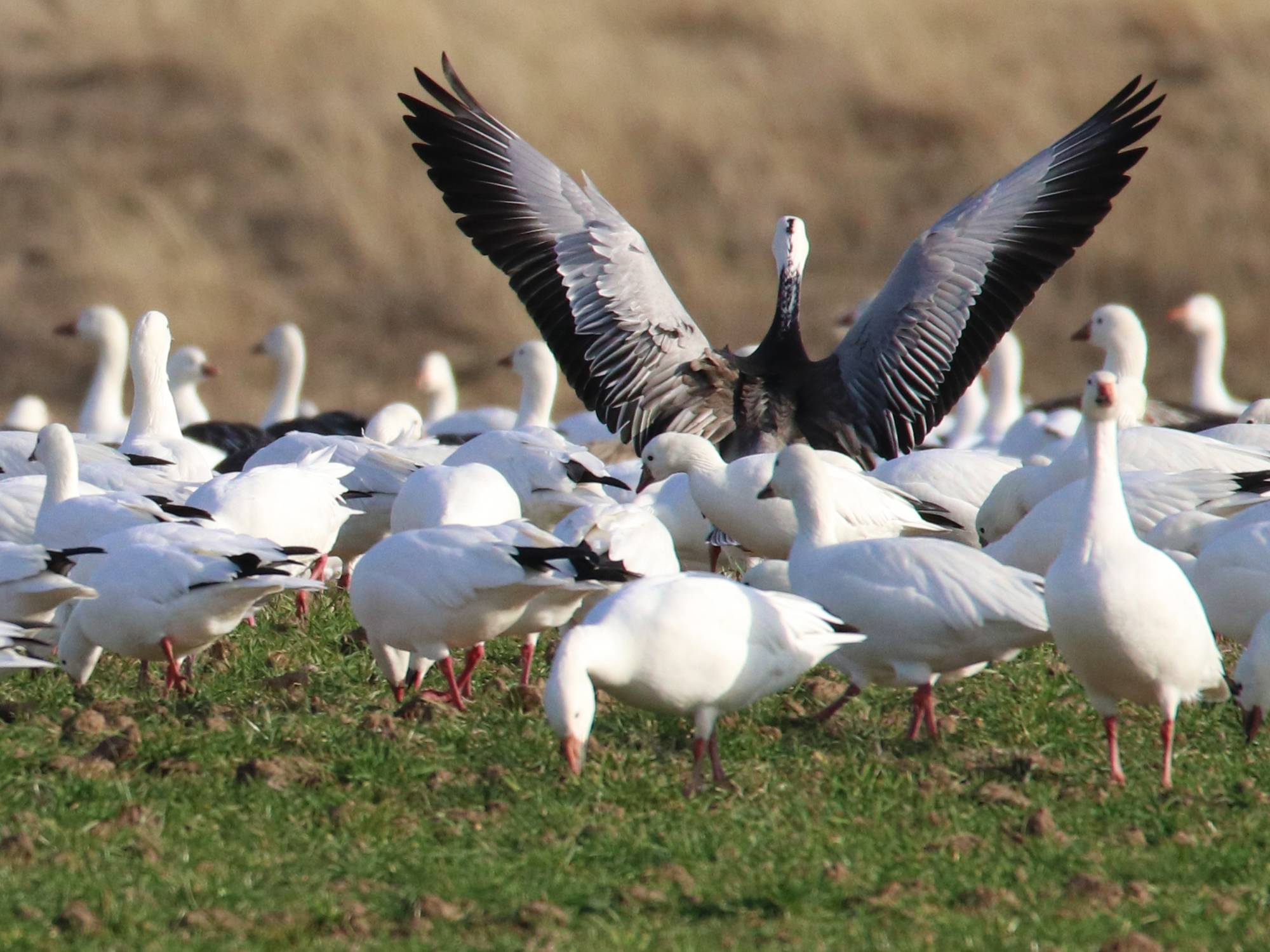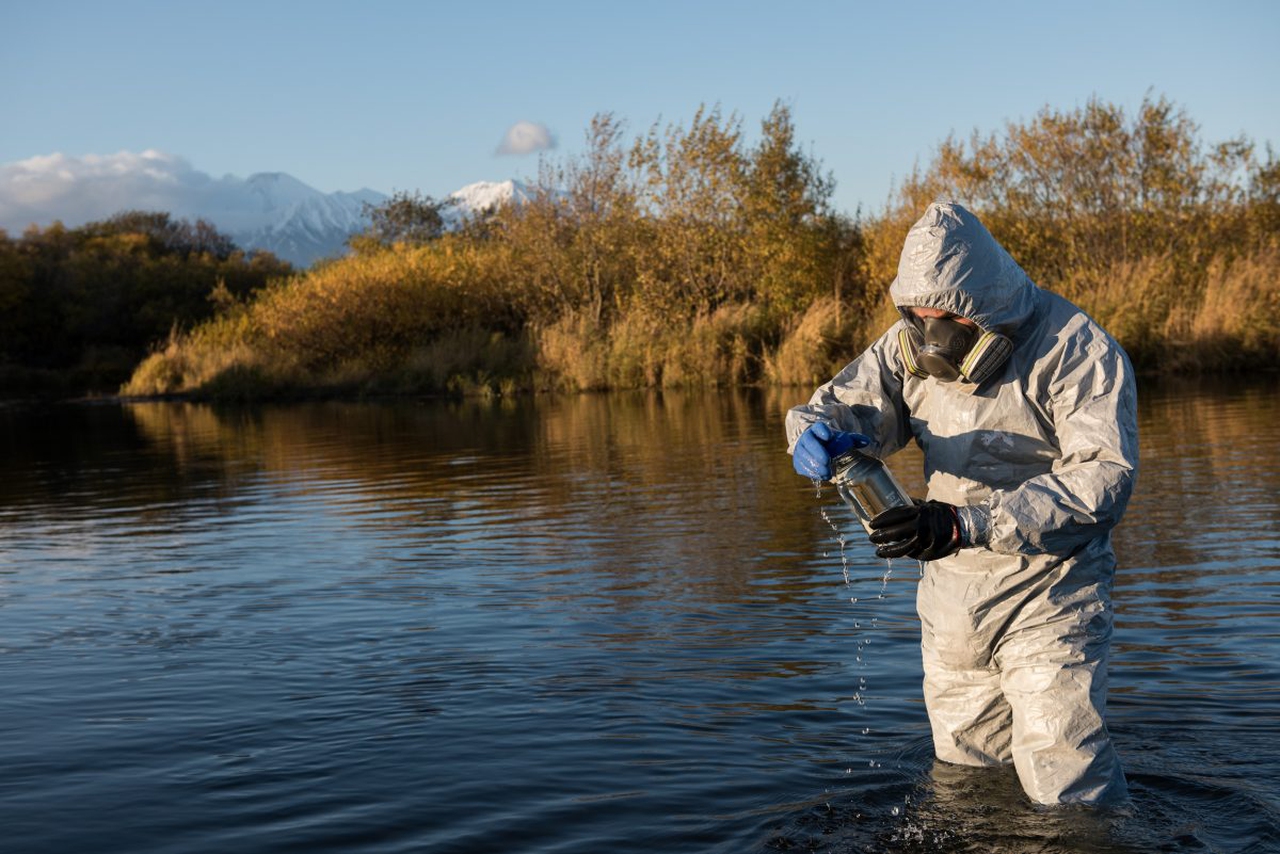

#Wave wildlife masse how to#
To learn more about how to best use drifts of plants in your space, take a look at some examples of massed plantings including natural, informal, and formal styles. And let's not forget one additional benefit beyond the beauty which is a lower maintenance landscape. You can even group 5 – 6 planted pots together and get the look. 20 Nitty Gritty™ roses? 50 Evolution™ coneflowers? 100 Plumetastic® ornamental grasses? Sure! Formal or informal? You bet. This technique works well for woody shrubs, ornamental grasses, groundcovers, sturdy perennials, and even annuals. How many of one plant constitutes “massing”? Experts will say that seven of one plant is where you start where you go from there is up to you. Nature is the queen of massing (just take a look at your nearest natural prairie or meadow) and what we're really trying to do is replicate and get back to those roots, but with lots of different colors, shapes, scents, and textures in mind to avoid what can be monotony. Plus, it's the simplest way to make a big impact in any garden of any size. Now, with an intense interest in gardens that are low maintenance and promote sustainability, planting in mass makes all kinds of sense. For more examples, we can look at the amazing work of many renowned landscape designers from the late Dan Kiley to Arne Maynard to see how planting in mass can be used to bring structure with mass plantings in disciplined lines or bountiful billowiness with softly curved lines. Taking up this new look (sometimes called "The New American Garden"), many gardeners began, on a small scale, to incorporate this more-is-more-of-one-plant idea into their own backyards to great effect. Lush, natural, and with emphasis on sustainability, these gardens had a major impact on how we were landscaping.

If you study gardens from medieval to mid-century, you will see the concept beautifully brought to life, but we can trace our contemporary interest to the work of the landscape architects (and masters of modern massing) W olfgang Oehme and James van Sweden who reinvigorated the concept to new heights in the later part of the 20th century.Īt the time, landscapes were becoming more about lush lawns and tight, tidy borders, the concept of which their firm, OEHME, VAN SWEDEN, rejected with their tapestry-like plantings of perennials, grasses, and masses of the same plant (3,000 black-eyed Susans instead of six, for example) in gardens both residential and commercial.

Mass planting as a design idea is nothing new. Whether your garden is large or small, modern or cottage, the idea of planting in drifts is the same and the results are usually a spectacular show that draws your eye and demands you to stop and take it in.

Of course, "mass" is a relative term and could mean a large group of one kind of shrub or it could mean seven pots in a tight cluster. The term " mass(ed) planting", also known as "planting in drifts" and "planting en masse" is a simple yet effective landscape design technique that entails filling a space with groups of the same plant for impact, drama, or harmony.


 0 kommentar(er)
0 kommentar(er)
